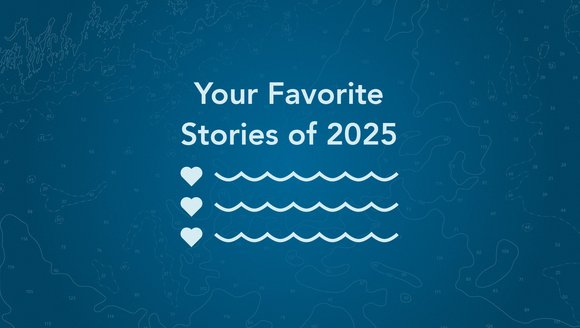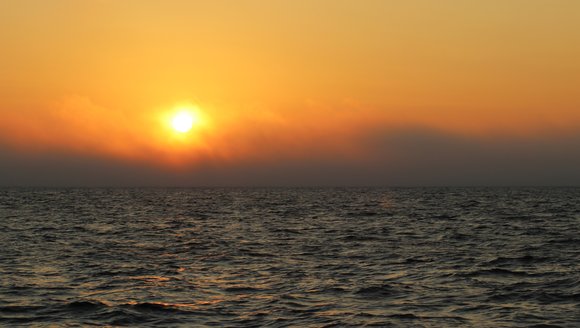Gulf of Maine, Explained: Bluefin Tuna
Gulf of Maine, Explained | Jan 25, 2019
Dr. Walt Golet studies the populations and life histories of many species of fish, but if you ask him, he'll tell you bluefin tuna are special. Their large size and unique physiology (these fish are warm-blooded!) are part of what makes them so interesting, but on top of that, bluefin tuna also have a relatively mysterious life history. It’s these mysteries that drive Dr. Golet’s fascination.
Bluefin can be a source of confusion for the public, especially as contradictory information swirls in the news media and NGO community. In this video, Dr. Golet shares some of what we know about bluefin here in the Gulf of Maine. For example, did you know that the term bluefin can actually refer to three separate species? Pacific, Southern, and Atlantic bluefin live in different parts of the ocean and have different population dynamics and life histories — yet they all are simply referred to as bluefin. No wonder people get confused!
Even when we focus only on Atlantic bluefin in the Gulf of Maine, we still observe two separate stocks — referred to as Eastern and Western — both of which journey to our local waters in search of food. Much of Walt’s work, which includes tagging and biological sampling, is an effort to learn more about which fish are here and where they come from.
Dr. Golet also touches on some of the research tools and relationships that make our research possible. The samples he relies on for his research are only available thanks to long-standing partnerships with the fishing industry. Recreational and commercial fishermen pass on the heads from legally-harvested fish, from which Dr. Golet extracts the otolith for ageing and chemical analysis. Likewise, relationships with the fisheries management community connect the real needs and observations of fishermen, scientific findings, and the management necessary to protect the resource for years to come.
Gulf of Maine, Explained
In our video series, The Gulf of Maine, Explained, you’ll learn more about important-but-unfamiliar concepts related to our work. We’ll cover commercial fishing, fisheries research, sustainable seafood, education, and more. While we probably won’t answer all your questions in one short video, we hope to spark your curiosity about complicated issues that are central to our mission.



